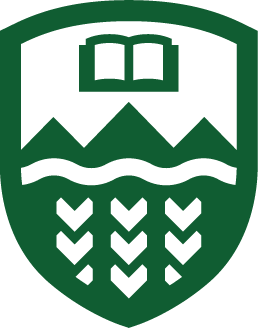1. Decentralized and federated
The majority of commercial social platforms are centralized networks. That means that everything on them is run and controlled by one authority, usually the company that owns the platform.
If you want to interact with a Twitter user, for example, you can do it only by signing up on Twitter.com, thus agreeing to abide by Twitter’s terms and conditions policy.
Mastodon is instead a galaxy of decentralized and independent networks called instances, each one with its own website, policy and community.
But Mastodon is also federated! That means that all of these networks can (but are not obliged to) interact with each other.
2. How Mastodon federation works
A fresh new instance is not federated with any other instance, so its users can initially interact only with other users on the same instance.
Once you create a connection with somebody on another instance, or somebody on another instance creates a connection with somebody on your instance (we will see later how), all the users of your instance can begin to interact with that user.
The user of the other instance will boost and interact with posts of other users of their instance and also other instances that are just in connection with them. All the people in your instance can see those interactions and participate in them. By doing so, the number of connections will start to grow (that’s what federation means).
Every single user of any instance can create a new connection with new instances.
Therefore, the more you interact with people on other instances, the more your instance network will grow and become part of a huge, gigantic federated network formed by lots of instances. Your federated network will probably never cover the entire Mastodon galaxy but only a part of it. How much depends on you to decide. The more people on other instances you connect with, the bigger your network will be.
If one day your instance decides to end the interaction with a certain other instance by blocking it, all your connections with other instances will remain and other instances can continue to interact with the instance that is blocked by your instance.
Note some instances end up creating completely different “parallel” networks. This can happen because those instances are blocked by many instances in your network or just because connections don’t exist (yet). They too are on Mastodon but in a completely different part of the galaxy. Far far away, they are not part of your federated network but members of an autonomous and independent network.
Also, note that the same concepts are applicable to all the platforms of the Fediverse! Your instance isn’t limited to connecting with other Mastodon instances, you can connect your instance with people on Pleroma, Friendica, Pixelfed, Peertube and so on. How vast and wide-ranging your view of the Fediverse can be is entirely up to you! 😉
3. How to join the Mastodon galaxy
Remember that your federation will not grow very much if you remain tangled inside the borders of your own network. You must go outside Mastodon, read blogs, and magazines, create a new account on a different instance, surf other networks and forums, and have real-life interactions to find new and completely unknown instances to add to your network! There are also web pages dedicated to the discovery of new Instances. Only explorers will enlarge their federation. Always remember that every closed gate is bad for your mind: Mastodon is not a walled garden separated from what exists outside of Mastodon itself.
-
Among Mastodon’s instances
Follow and interact with toots from other instances => search people from other instances?
-
Federation Relay
A federation relay is an intermediary server that exchanges large volumes of public posts between servers that subscribe and publish to it. It can help small and medium servers discover content from the fediverse, which would otherwise require local users manually follow other people on remote servers.


Comments
No comments yet. Be the first to react!